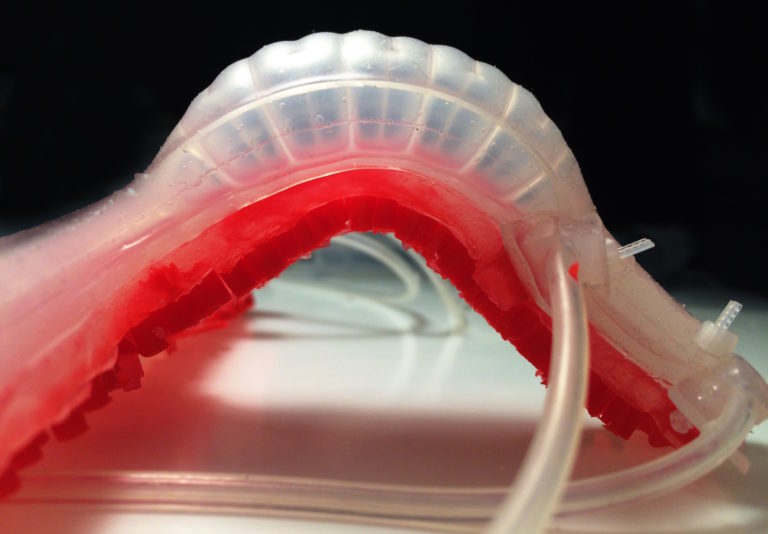
Exploring behavior based design systems that are self-aware, mobile, and self-structure / assemble. The following is the work AADRL Spyropoulos Design Lab at the Architectural Association School of Architecture, in London.
Displaying search results
279 Results
Exploring behavior based design systems that are self-aware, mobile, and self-structure / assemble. The following is the work AADRL Spyropoulos Design Lab at the Architectural Association School of Architecture, in London.

Continuing his exploration of personal objects in the age of information overload, Manual Reader and Memory Device are two new devices by Ishac Bertran that address perception, personal data collection and memory.
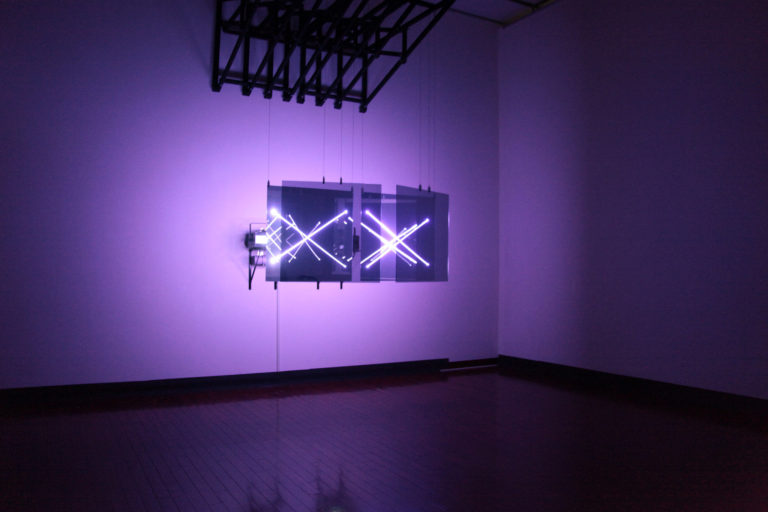
Created by Shohei Fujimoto, Power of One #Surface explores perception through reflection and position, where the visitor is invited to explore both the actual and reflected pattern which continuously changes according to the angle of reflective surfaces.
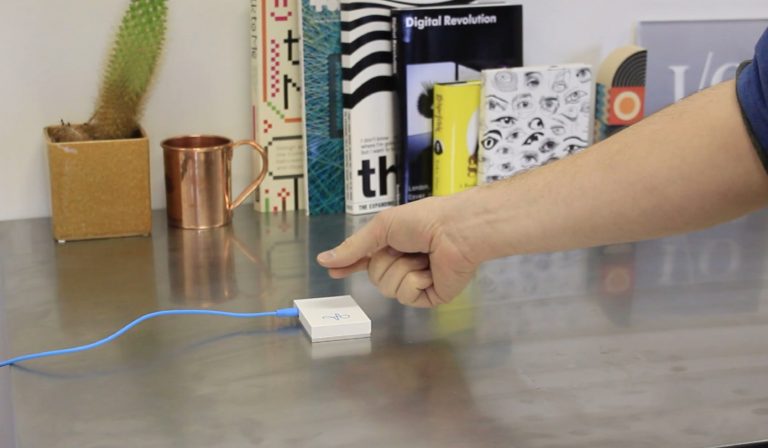
Created by Design I/O, World’s Tiniest Violin is a ‘speed project’ that uses Google’s Project Soli – Alpha Dev Kit combined with the Wekinator machine learning tool and openFrameworks to detect small movements that look like someone playing a tiny violin and translate that to the volume and playback of a violin solo.
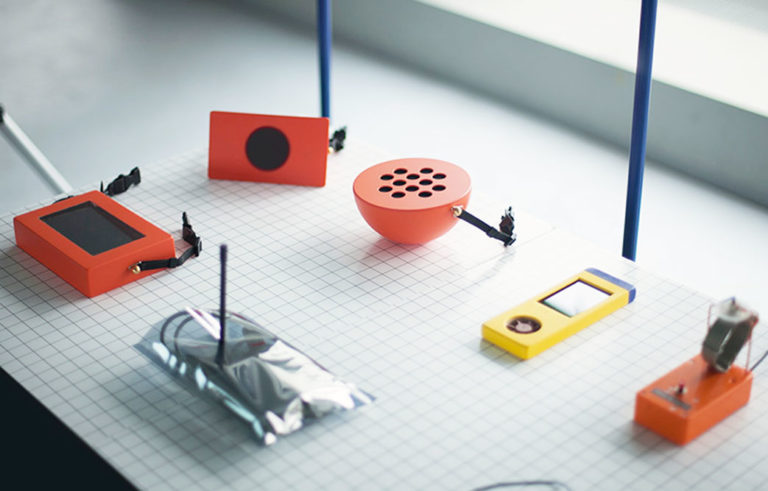
Created by Jochen Maria Weber, Foxes Like Beacons is an exploratory project using open data of public radio stations with inexpensive, low-power signal detection in order to create an open positioning system.
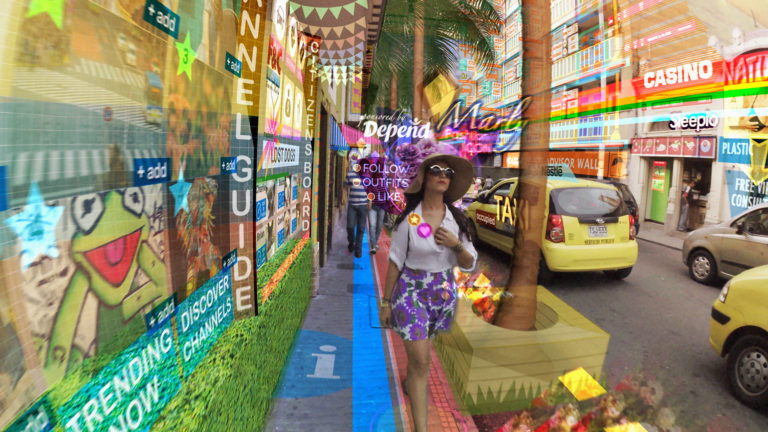
Riding high on the wave of massive interest in his most recent work “Hyper-Reality,” which depicts a super-mediated Medellín, Colombia of the near future, director/designer Keiichi Matsuda chats with CAN about augmented reality, Silicon Valley, and CGI shopping companions.
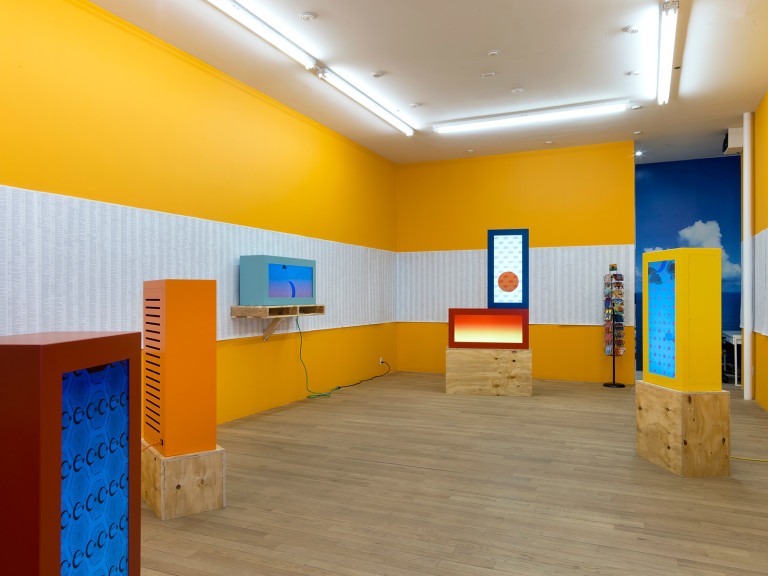
A consideration of systems and scale in Marina Zurkow’s “MORE&MORE (the invisible oceans)” and Rachel Rose’s “Everything & More,” exhibitions recently mounted at (respectively) bitforms and the Whitney Museum for American Art in NYC.

After the experiments in physical programming in the “Traces” project we reported on last year, Dana Zelig decided to examine the possibility of adjusting the plastic to fabrics, by means of pressing them together, allowing the heat to manipulate the plastic, and the manipulated plastic to effect the adjusted fabric.
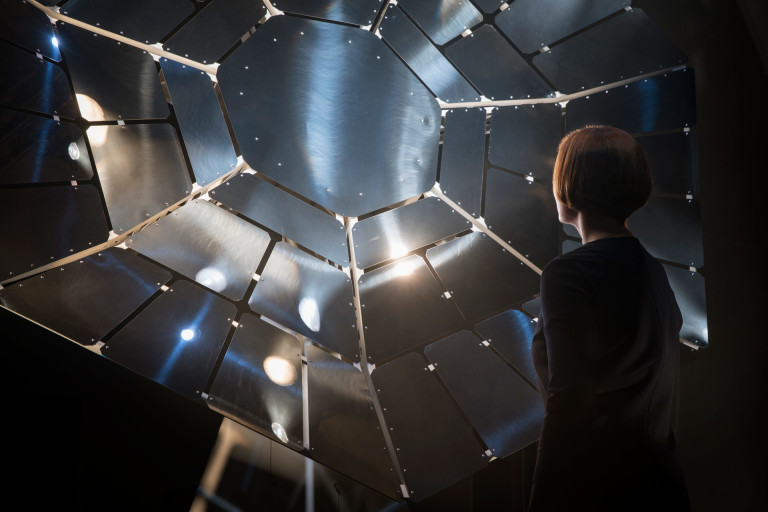
Created by digital design studio FIELD, Spectra-3 is a physical-digital sculpture that tells three stories of communication through a choreography of movement, animated lights and spatialised sound, premiering at London’s Lumiere light festival on 14th January 2016.
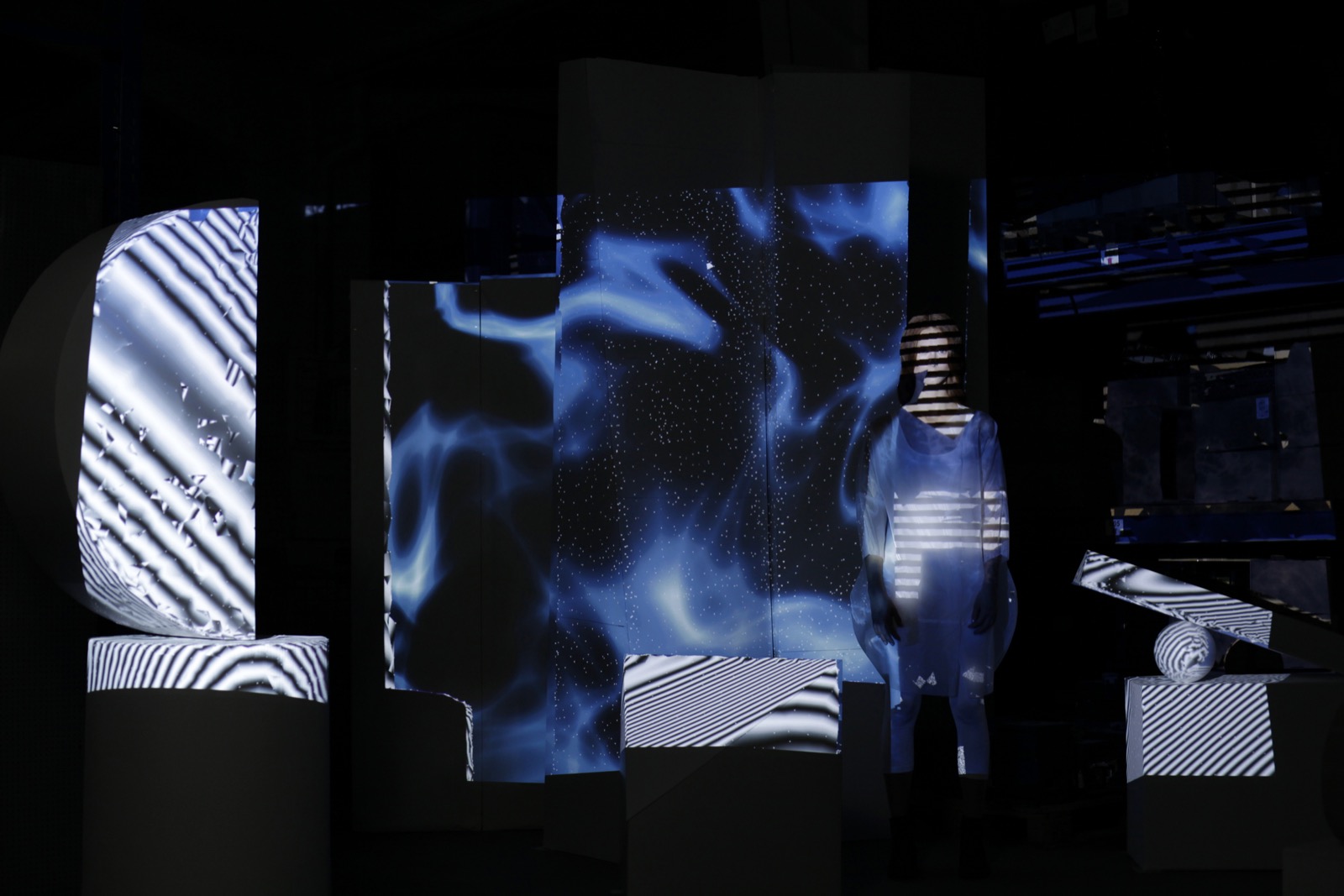
Created by convivial project, The Probable Universe is an interactive audio-visual installation generating an infinite combination of projected worlds in a physical environment using an industrial robotic arm.
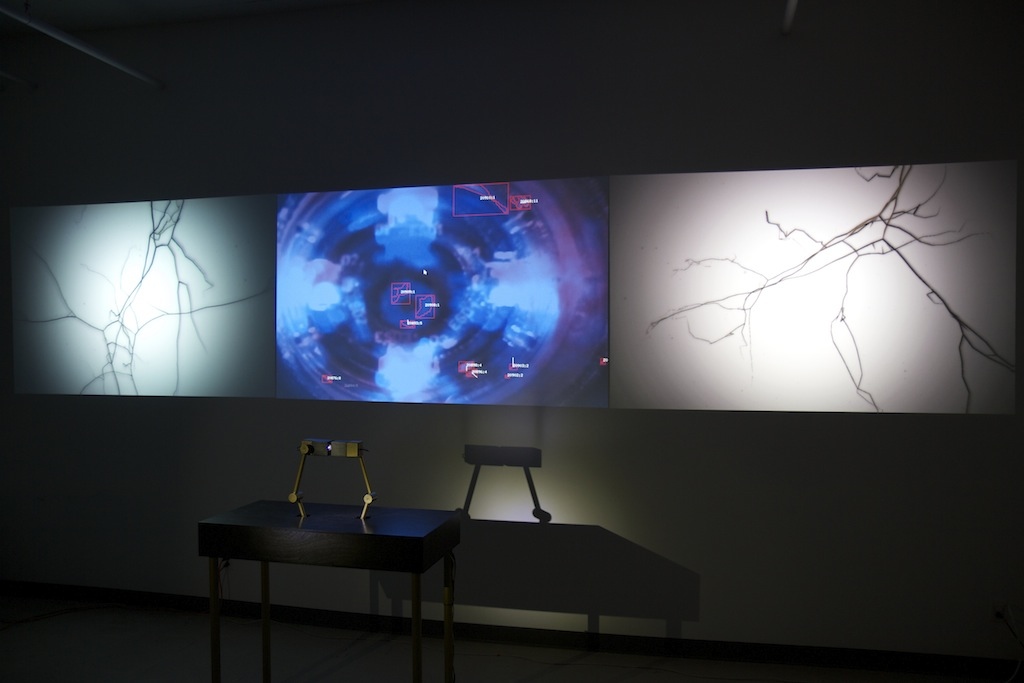
Created by Brad Todd, Collimation takes a form of basic form of artificial intelligence, where the visual stimuli is translated, in a performative act of seeing with the resulting data that takes the form of a neuron.
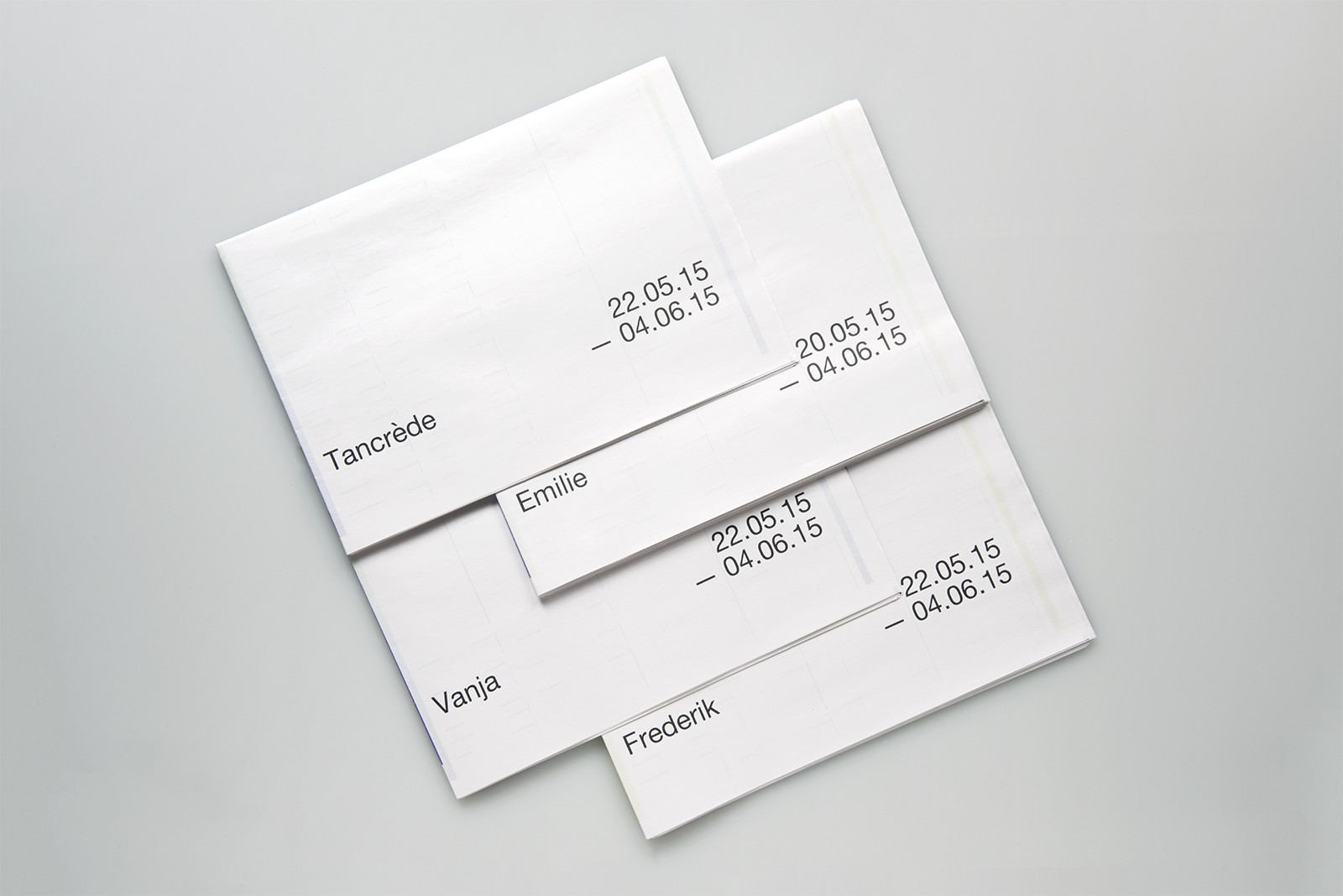
Created by Emilie Pillet at ECAL, HTTPrint is a Google Chrome extension which generates a webpage that captures your navigation on the Web such as the time you spend on each page, the url, images and texts, in order to give a visual output. You can capture and save the result by printing it at home or ordering a print-on-demand newspaper.
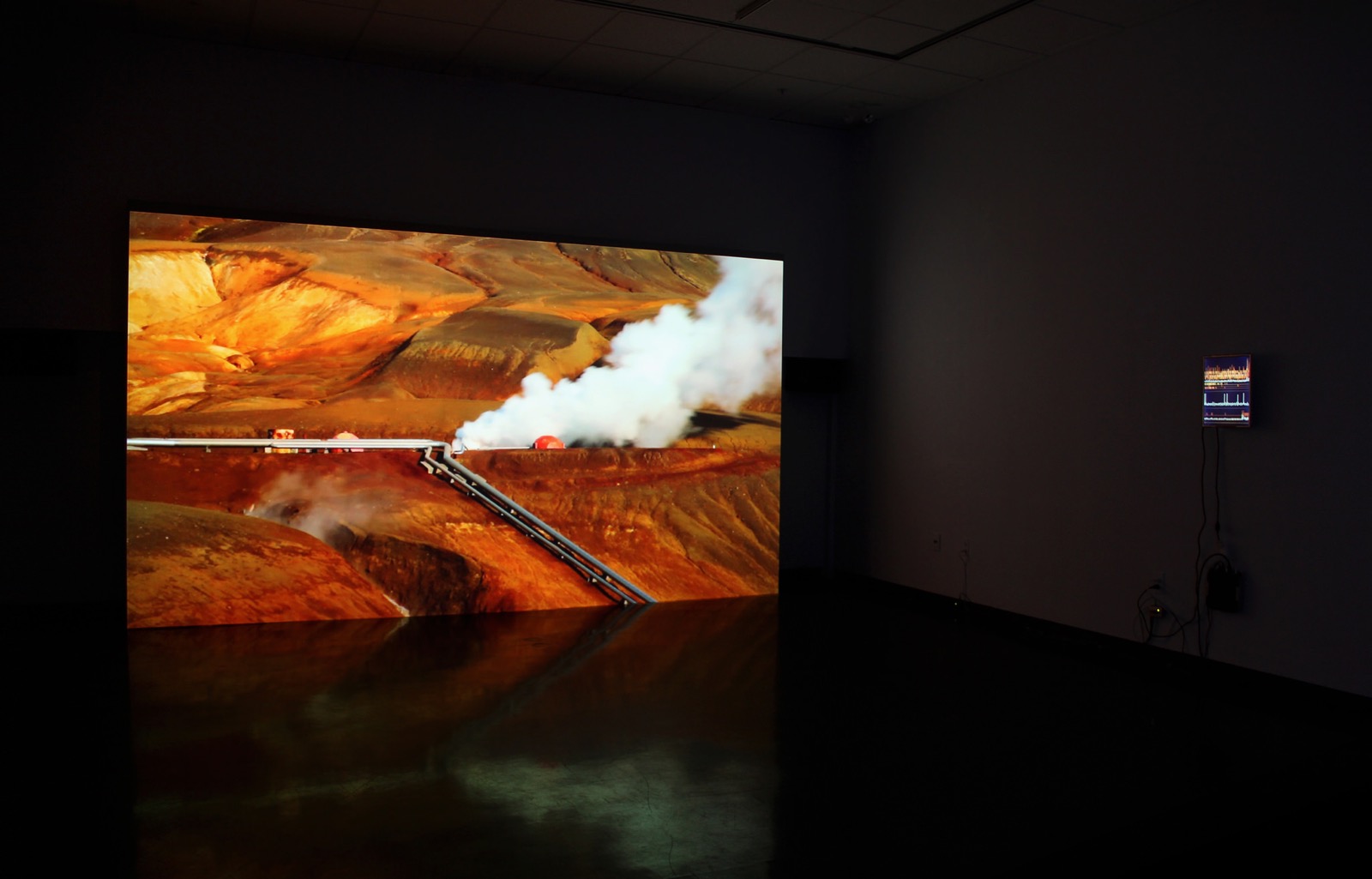
Created by François Quévillon, Waiting for Bárðarbunga is an installaton made of hundreds of video sequences which are presented according to a probabilistic system influenced by real-time sensor information coming from the computer that displays them.
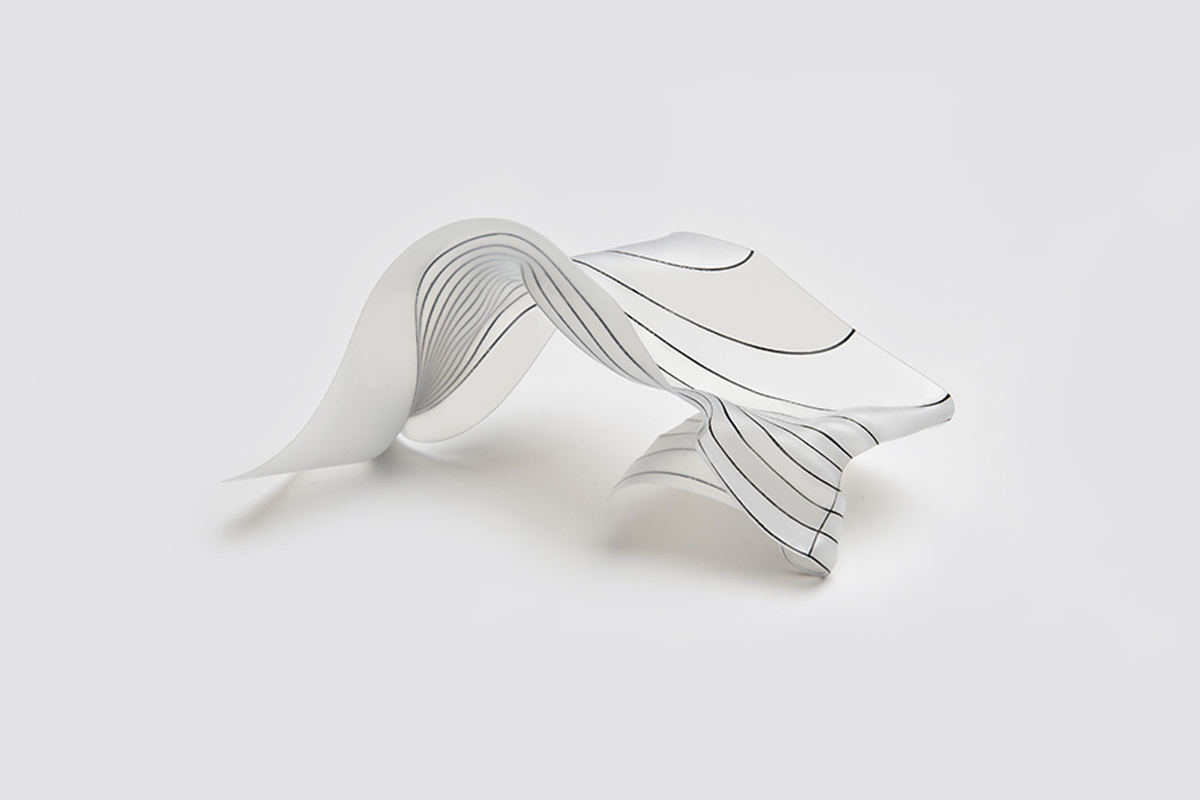
Created by Dana Zelig, Traces project explores the concept of programming everyday materials, a form of “physical programming” where objects are “made to act” on some form following specific instructions.
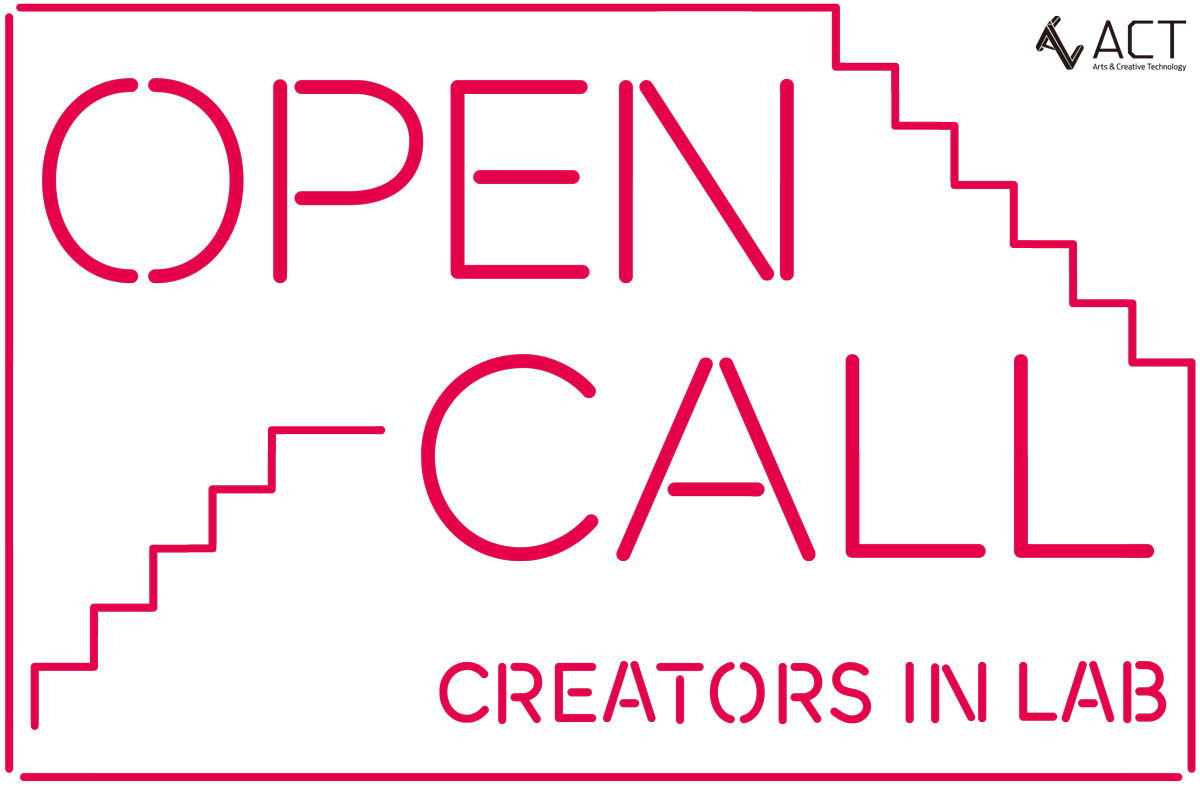
As part of a major festival collaboration later in the year, CAN is excited to announce the launch of the ‘Creators in Lab’ residency program at the brand new ACT Center in Gwangju, South Korea. Interdisciplinary practitioners take note!
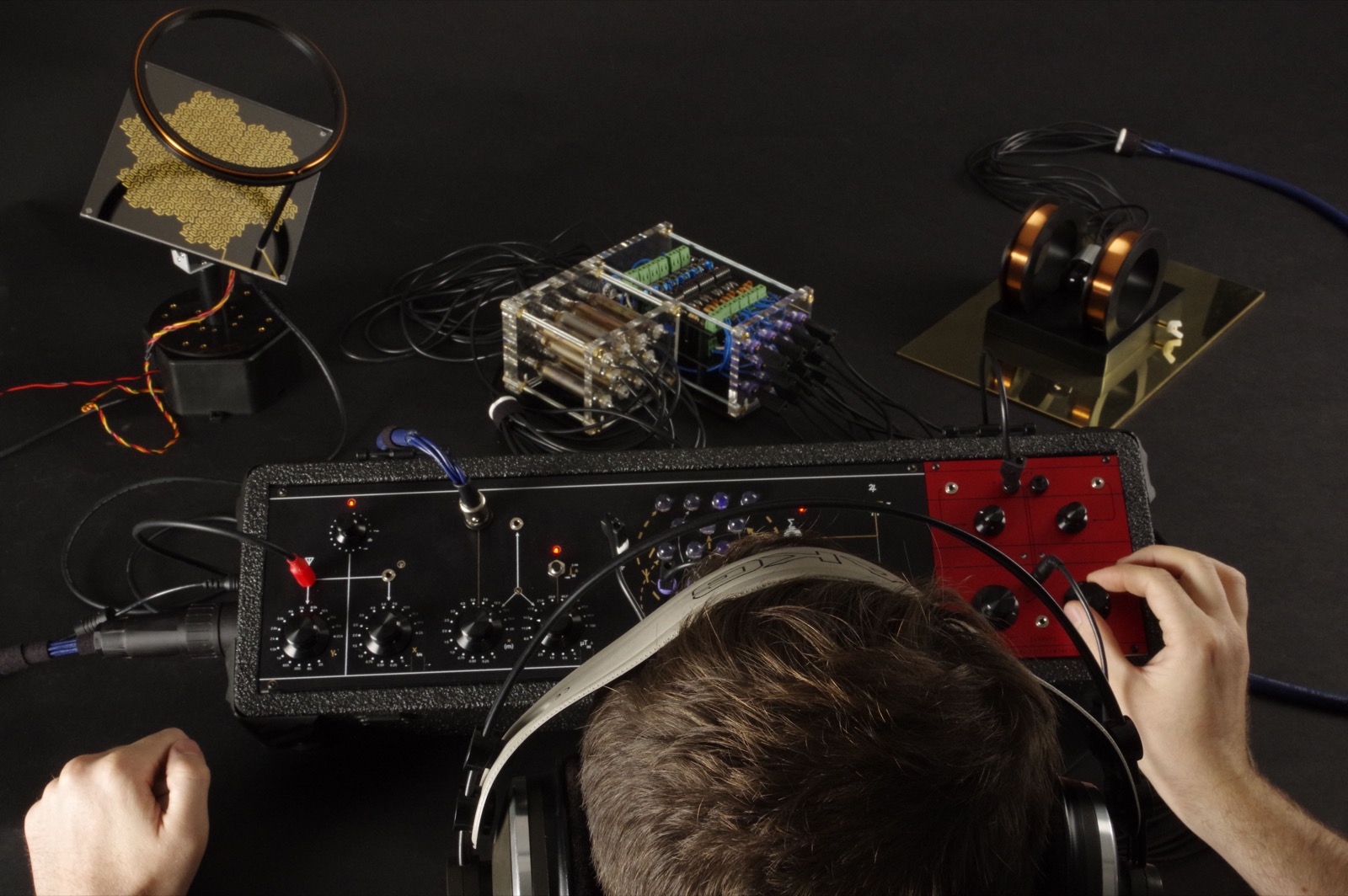
Created by Sam Conran at the RCA/Design Interactions, the Kabbalistic Synthesizer is a is a musical synthesiser that operates using waveforms generated by the Earths magnetic field, noise via magnetic storms of Jupiter and keyboard via cosmic rays.
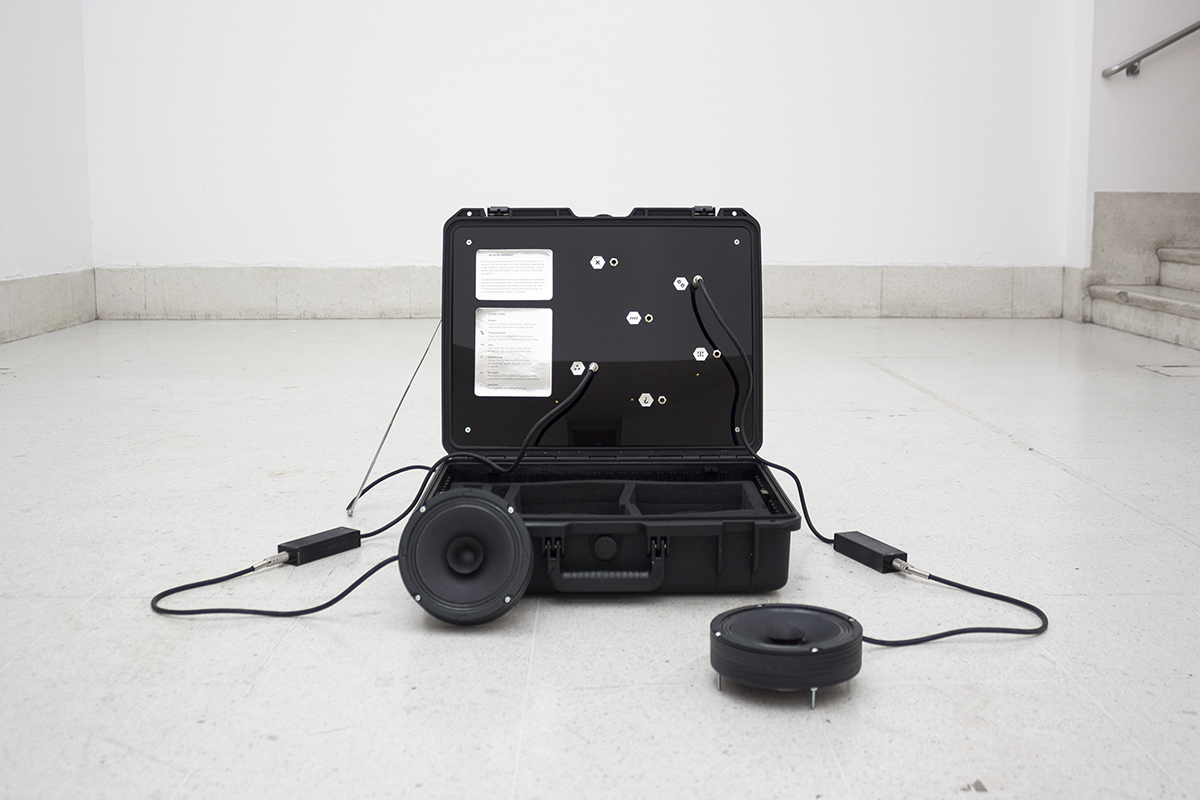
Created by Oliver Smith and Francesco Tacchini, The Network Ensemble is a tool to sonically uncover and amplify the invisible territory of the networks that sit between our offline and online experiences.
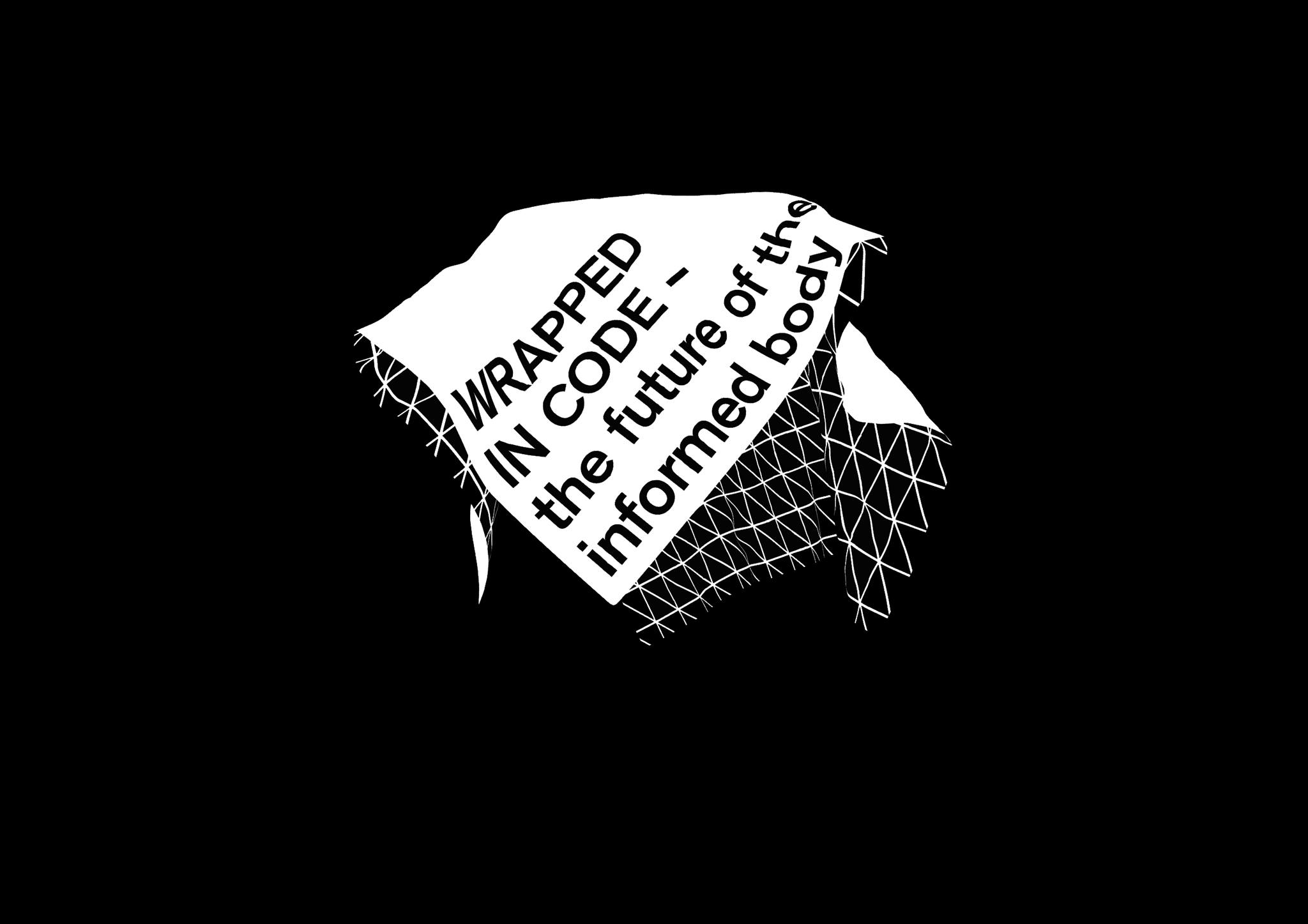
Starting today (27. April – 3. May 2015), the international NODE – Forum for Digital Arts in Frankfurt assembles international participants and speakers in the areas of design, art, culture and science, who newly define borders of design and programming.
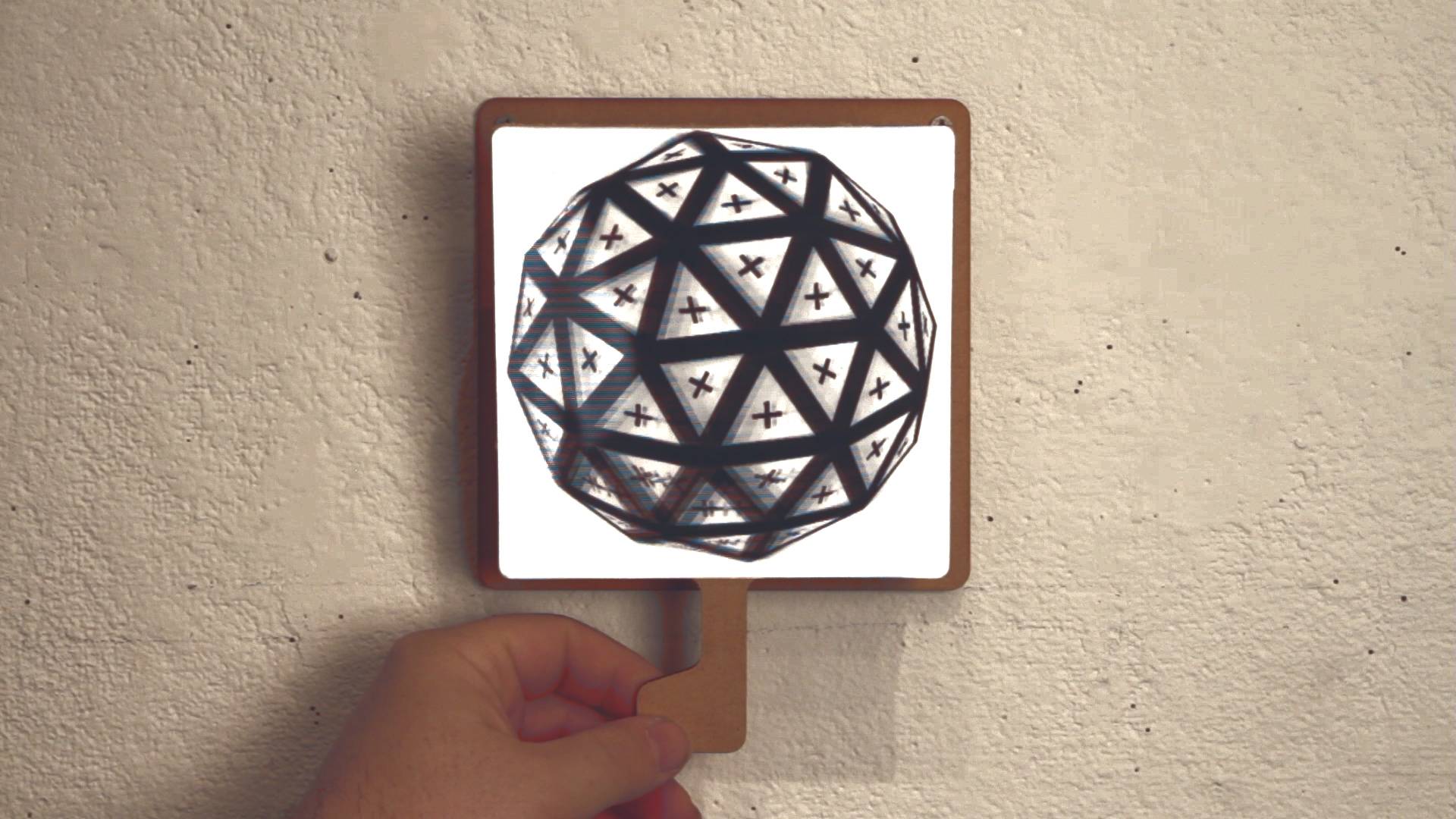
This tutorial shows you how to write code to create a brief looping animation, using computationally-generated graphics, suitable for both online and lenticular publishing. Then, using the unique GifPop services, you can get your GIFPOPs printed.
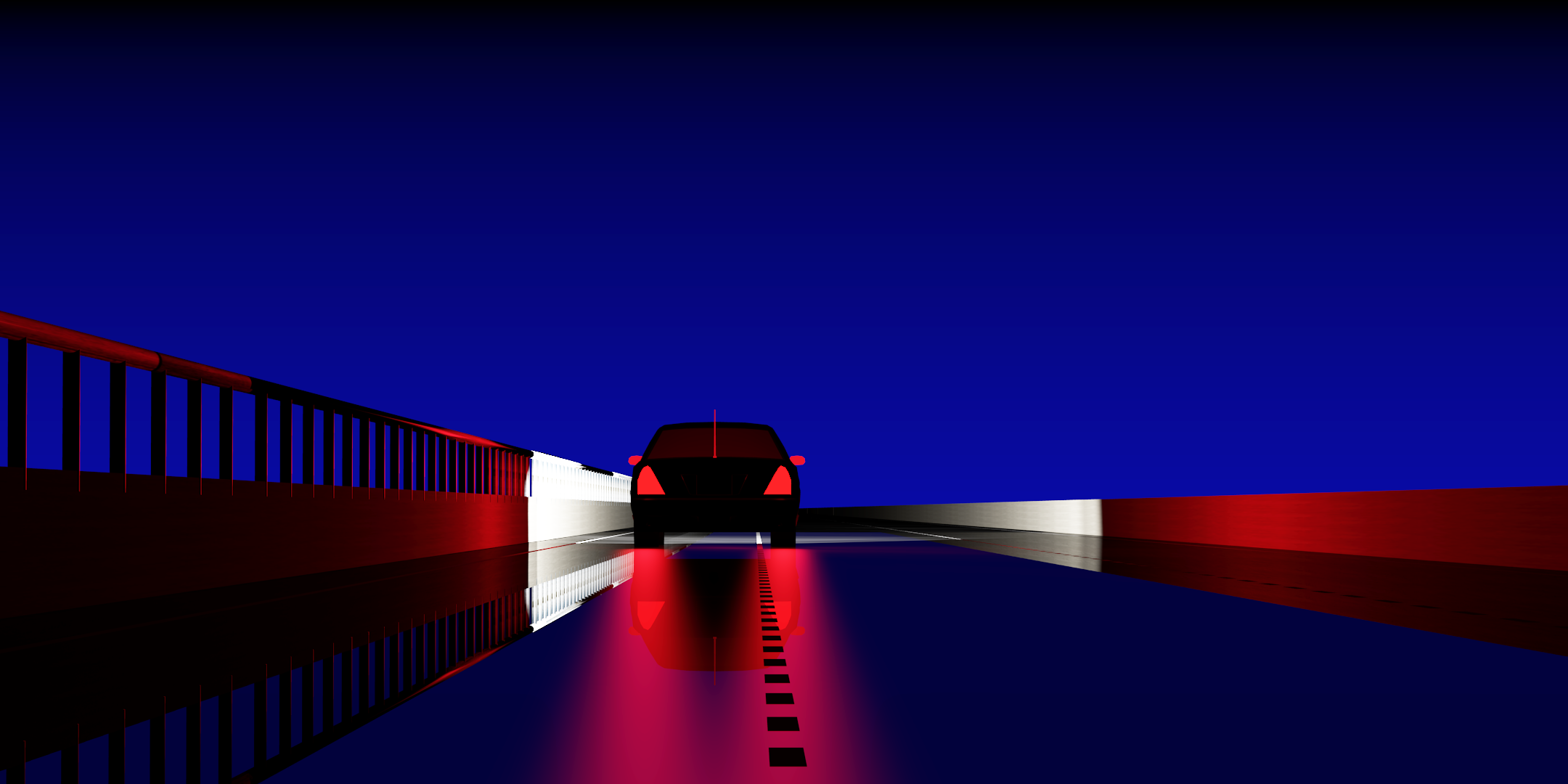
Transmissions from the Technological Sublime is a panoramic multimedia installation that depicts a nocturnal landscape of non-place populated by infrastructure rather than people. Hatched as a MFA thesis project within OCAD University’s integrated media program by Toronto’s Michael Trommer, the audiovisual piece renders highways, shipping channels, airports, and office parks as uncanny interstitial zones of contemplation.
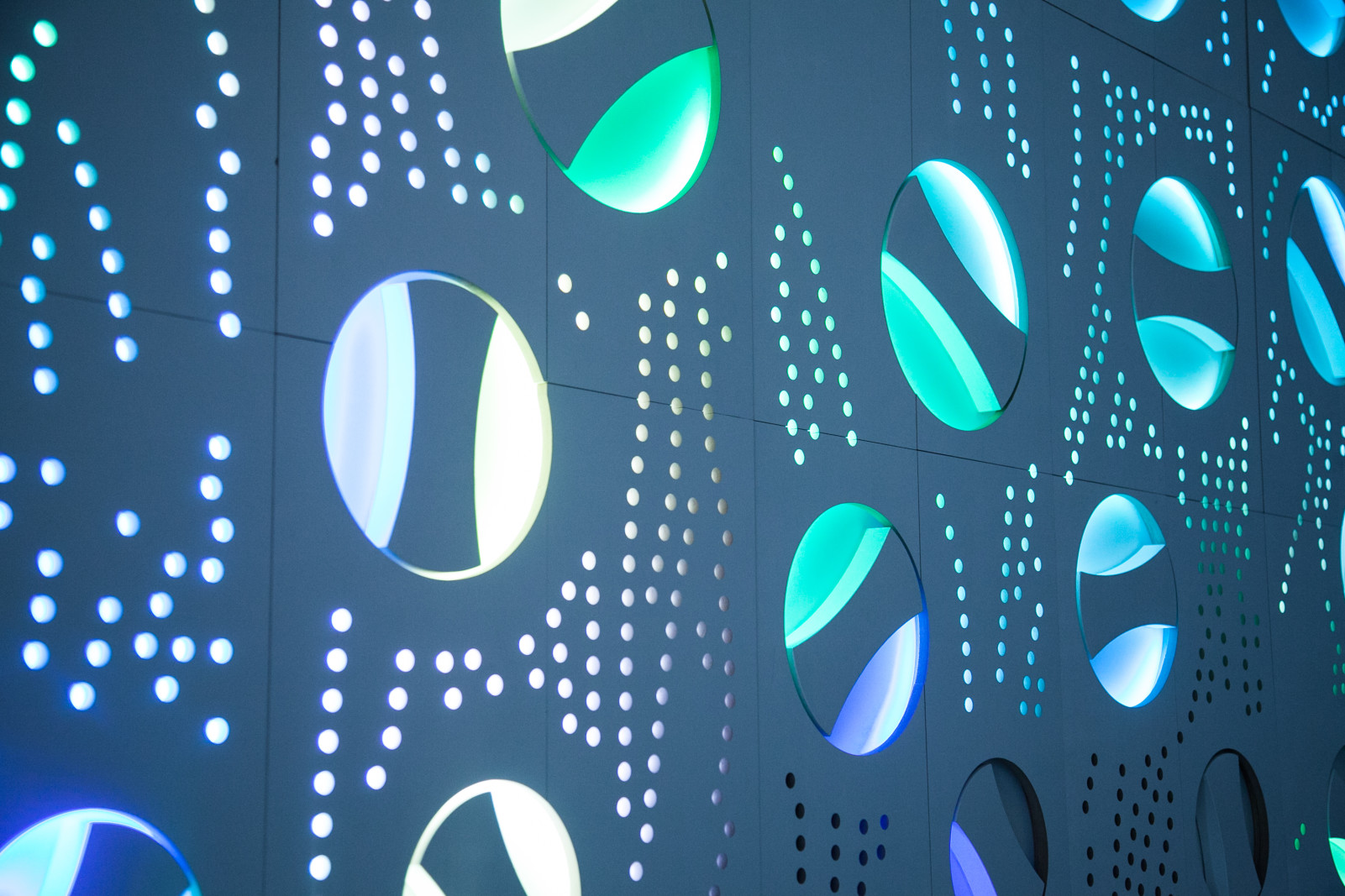
Forest invites kids and adults alike to engage with a giant tactile colour mixer, with ‘spinner’ controls distributed across a 7 x 2 grid of custom-fabricated MDF panels. Built in collaboration between Micah Scott and a team at Ryerson University’s New Media Program, the interactive installation is currently showing at TIFF Kid’s digiPlaySpace. CAN goes behind the scenes to get a glimpse into this ambitious project’s conception and fabrication.
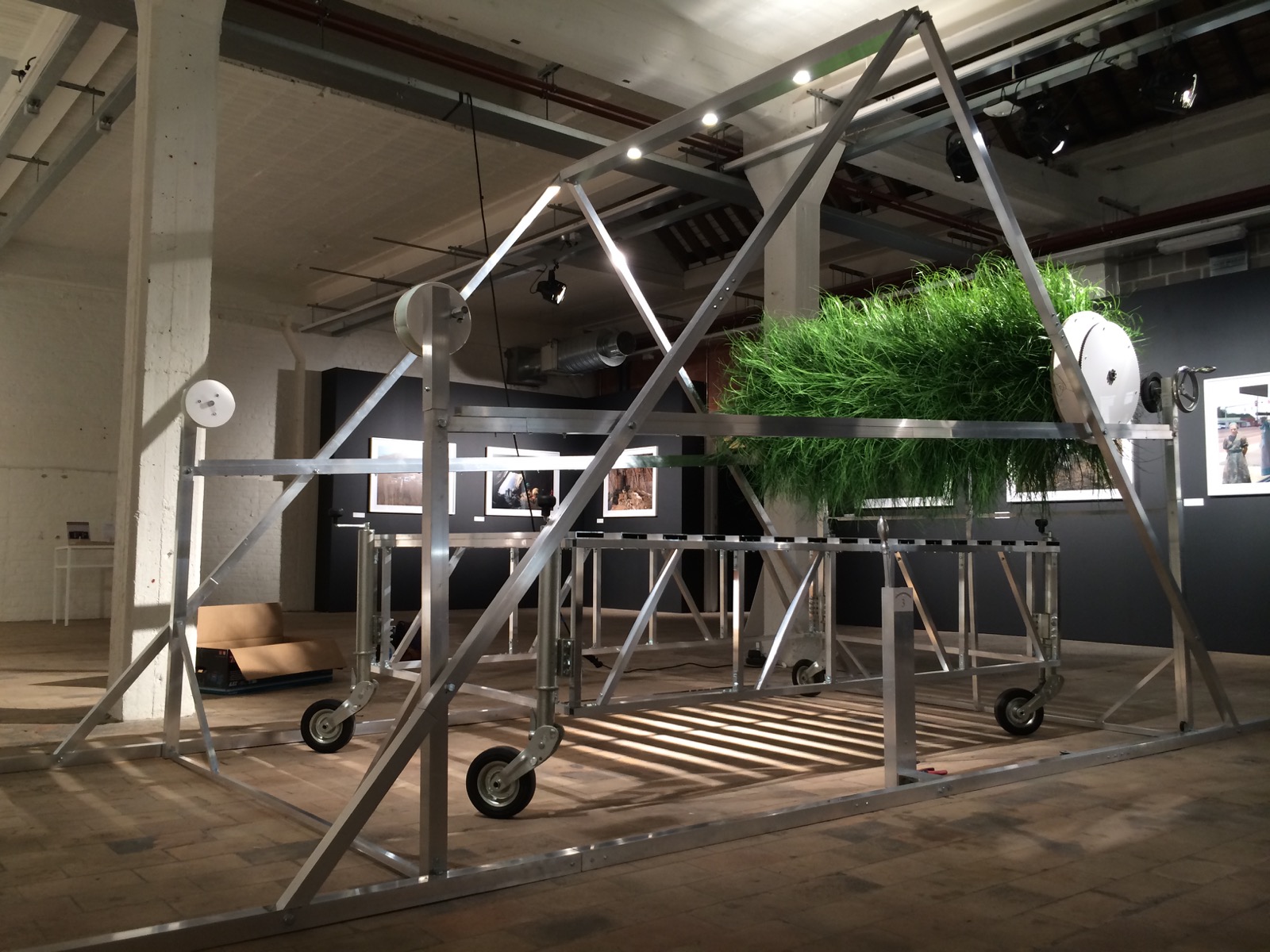
Mattia Casalegno (multifaceted Italian artist based in Los Angeles, 1981) takes inspiration from disciplines such as anthropology, biology, ecology, and neurosciences, deploying a vast array of technologies and expressive forms, with a natural inclination for new media languages.

Created by William Fairbrother, Alberto Ruiz Soler and Oliver Smith, ERIS—2000 is a fictional scientific instrument invented by cybernetician Erica Symms in 1971. The device was used to show and study, through a simplified simulation, the consequences of human decisions on complex systems.
Creativeapplications.Net (CAN) is a community of creative practitioners working at the intersection of art, media and technology.
Join us today by becoming a Member.
• Archive: Access thousands of projects, scores of essays, interviews and reviews.
• Publish: Post your projects, events, announcements.
• Discuss: Join our Discord for events, open calls and even more projects.
• Education: Tutorials (beginners and advanced) with code examples and downloads.
• Jobs Archive: Find employers who have recruited here in the past (over 1,000 jobs).
• Discounts: Special offers and giveaways (events, books and media).
• Ad-Free Reading: No advertisements or banners of any kind.
• Studios/Organisations: Read more about benefits here.